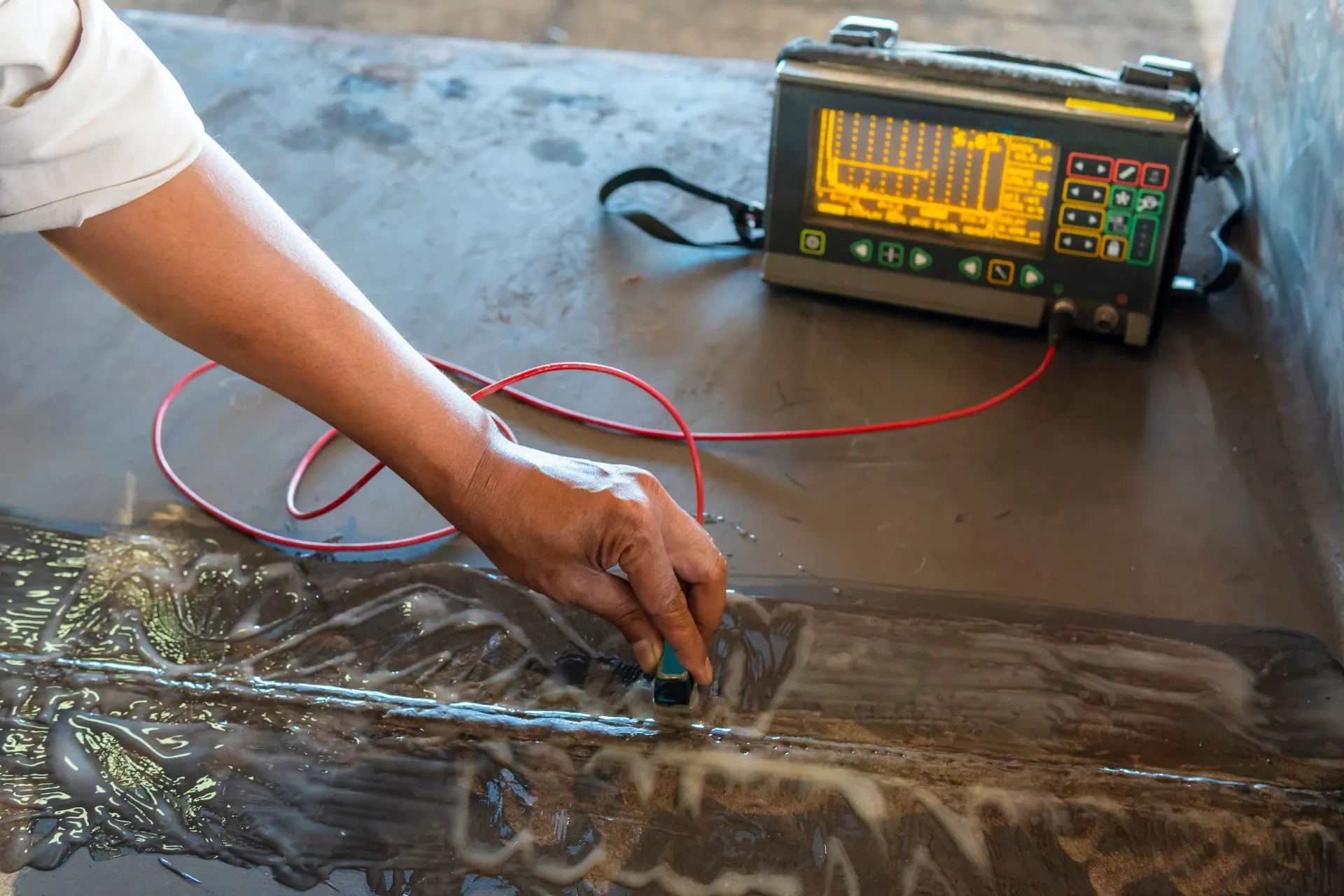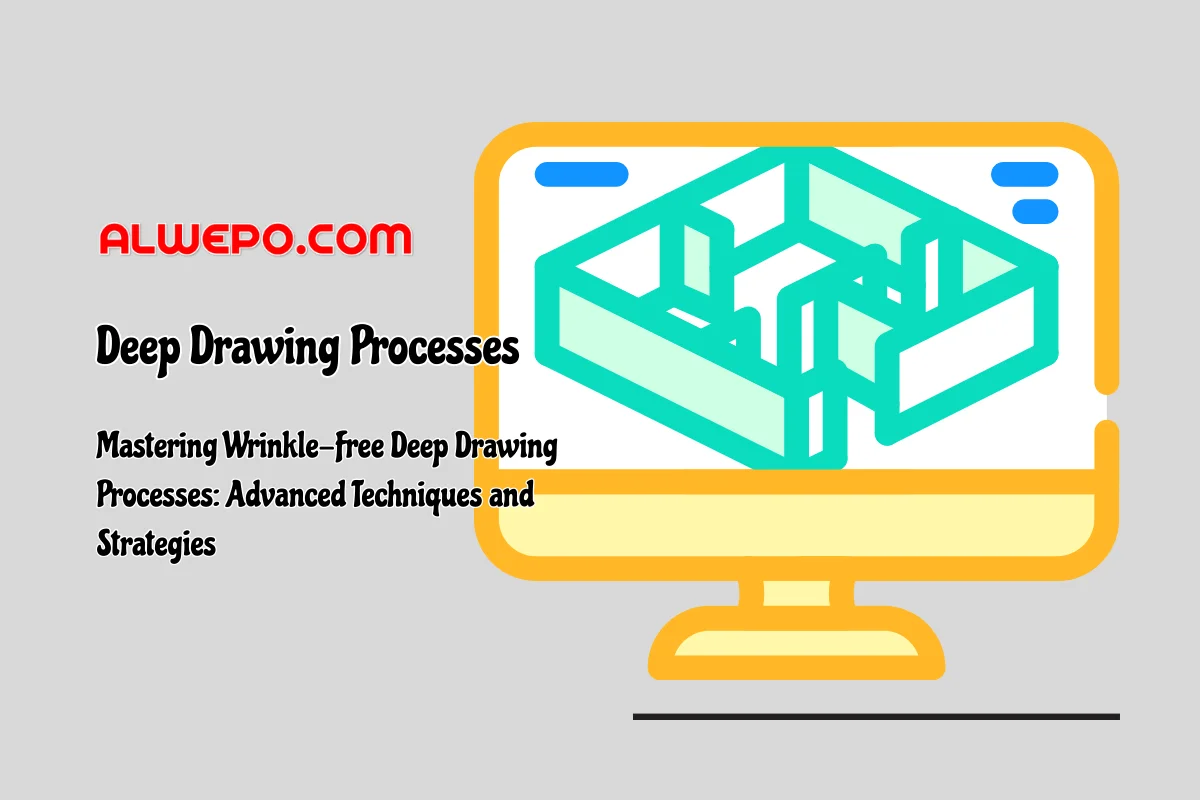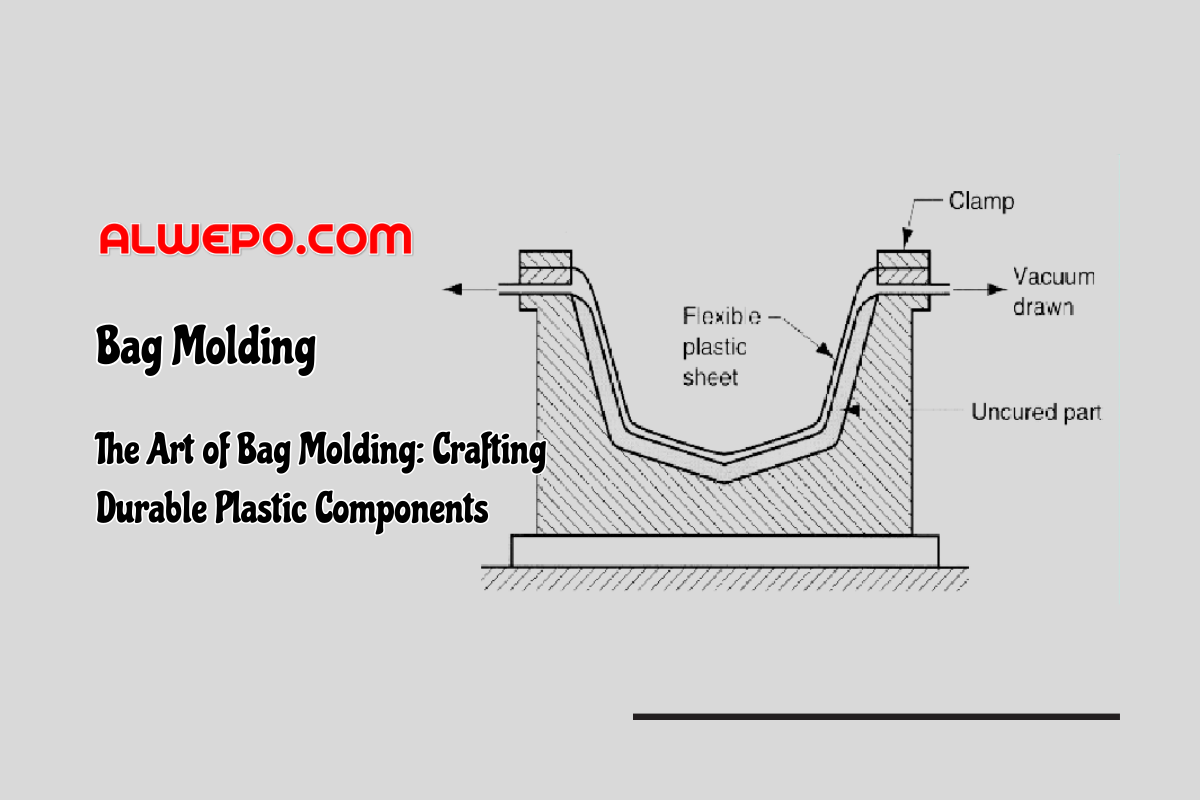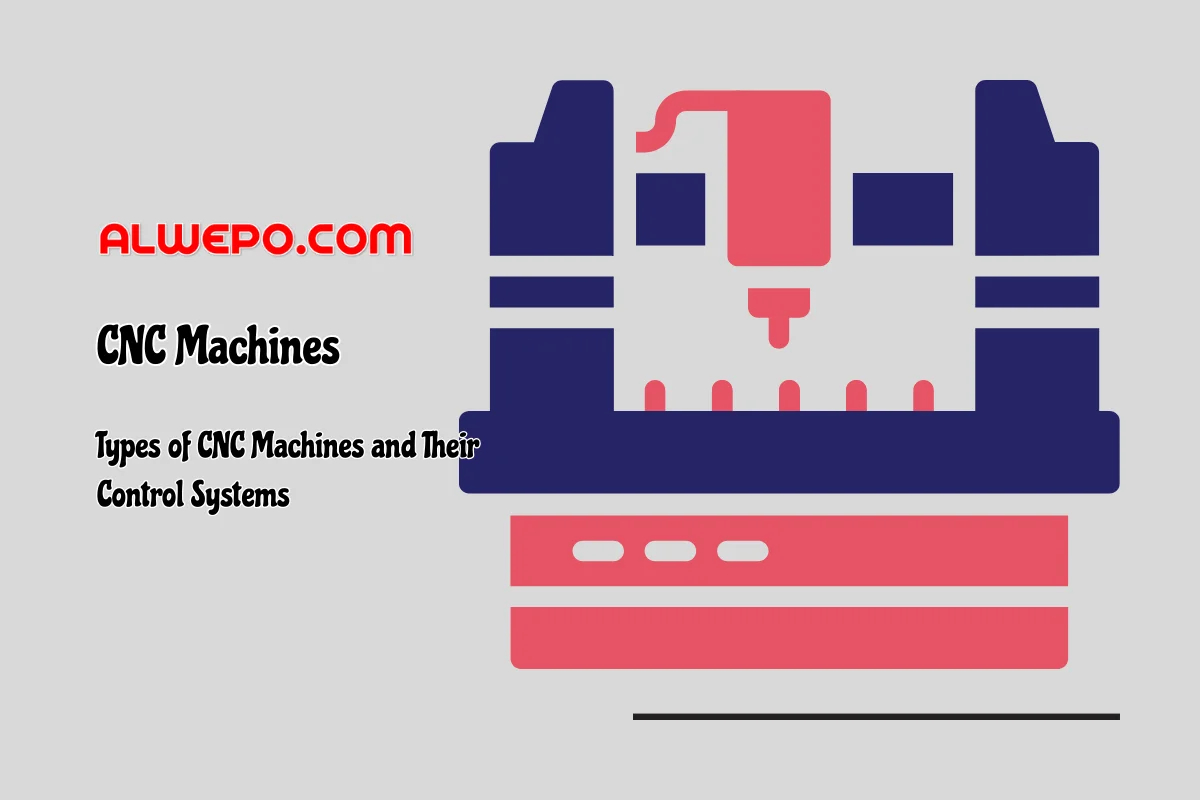alwepo.com, Ultrasonic Welding – When contemplating welding, one typically envisions the fusion of metallic components. However, within the realm of plastics manufacturing, welding transcends its conventional boundaries. Ultrasonic welding stands as a prevalent practice in this sector, presenting a distinctive approach to amalgamating plastic materials. Unlike traditional methods that involve material fusion through melting, ultrasonic welding employs high-frequency vibrations to forge a robust molecular bond between plastic substrates. This technique yields connections that boast superior permanence, water resistance, and impact resilience compared to conventional methodologies.
Understanding the Mechanics of Ultrasonic Welding
Ultrasonic welding systems comprise several integral components, including a power supply, converter, booster, and horn. The power supply converts standard alternating current (AC) voltage into the requisite voltage frequency, subsequently transmitting it to the converter. The converter then translates this electrical signal into mechanical vibrations, which are further conveyed through the booster and horn. These latter components, tailored to specific applications, are often affixed to pneumatic or servo-driven actuators to apply requisite force during the welding process.
Understanding the mechanics of ultrasonic welding is essential for grasping its efficacy and potential applications within manufacturing processes. Ultrasonic welding utilizes high-frequency mechanical vibrations to create strong molecular bonds between plastic materials. Let’s delve into the intricacies of how this process works:
- Power Supply Conversion: The process begins with a power supply that converts standard alternating current (AC) voltage into the desired voltage frequency. This conversion is crucial as it determines the frequency of the mechanical vibrations used in the welding process.
- Conversion to Mechanical Vibrations: The converted electrical signal is then transferred to a converter. The converter’s primary function is to translate this electrical energy into mechanical vibrations. These vibrations are generated at ultrasonic frequencies, typically in the range of 20,000 to 70,000 cycles per second (20-70 kHz).
- Transmission through Components: The mechanical vibrations produced by the converter are transmitted through various components of the ultrasonic welding system. These components typically include a booster and a horn. The booster serves to amplify the mechanical vibrations generated by the converter, while the horn focuses and applies these vibrations to the materials being welded.
- Application of Mechanical Vibrations: The horn, often customized for specific applications, applies the mechanical vibrations directly to the plastic materials being welded. These vibrations induce friction and localized heating at the interface of the materials.
- Melting and Bonding: As a result of the localized heating caused by the mechanical vibrations, the plastic materials at the interface soften and melt. This melting process facilitates the formation of molecular bonds between the materials. Upon cooling, these bonds solidify, creating a strong and durable weld.
- Control and Optimization: Throughout the welding process, various parameters such as vibration frequency, pressure, and duration are carefully controlled and optimized to ensure the desired welding results. This level of precision allows manufacturers to tailor the welding process to specific materials, geometries, and performance requirements.
- Joint Design Considerations: The design of the joint where the materials are welded together plays a crucial role in the effectiveness of ultrasonic welding. An important feature of the joint is the energy director—a small ridge or feature molded into one of the surfaces. During welding, the energy director concentrates the mechanical vibrations, promoting efficient melting and bonding at the interface of the materials.
Type of Ultrasonic Welding

Ultrasonic welding, a versatile joining technique widely employed in various industries, encompasses several distinct types, each tailored to specific applications and materials. Let’s explore some common types of ultrasonic welding:
- Linear Vibration Welding:
- Linear vibration welding involves the reciprocal linear motion of one component against another under pressure. This motion generates frictional heat at the interface, causing the materials to soften and fuse together.
- Linear vibration welding is particularly suitable for joining large or complex plastic components with intricate geometries, such as automotive parts, electronic housings, and consumer appliances.
- This method offers advantages such as high joint strength, minimal flash formation, and the ability to weld dissimilar materials.
- Ultrasonic Spot Welding:
- Ultrasonic spot welding involves the localized application of ultrasonic vibrations to specific points on the joint interface. This method is commonly used for smaller, intricate components or assemblies requiring precise, high-strength bonds.
- Applications of ultrasonic spot welding include electronics, medical devices, and packaging, where precise control over welding parameters and minimal heat-affected zones are critical.
- Spot welding offers benefits such as rapid cycle times, minimal material distortion, and the ability to automate the welding process for high-volume production.
- Ultrasonic Stake Welding:
- Ultrasonic stake welding, also known as swaging or riveting, involves forming a mechanical connection by deforming a protruding feature (stake) on one component into a corresponding feature on another component.
- This method is often used for joining thermoplastic components with features such as bosses, posts, or ribs, creating strong, leak-proof seals without additional fasteners or adhesives.
- Ultrasonic stake welding finds applications in automotive, aerospace, and consumer goods industries for assembling components such as fluid reservoirs, battery modules, and electronic enclosures.
- Ultrasonic Insertion Welding:
- Ultrasonic insertion welding entails embedding a metal or plastic insert into a preformed cavity or hole in a plastic component using ultrasonic energy. The localized heating and melting of the surrounding material result in a secure, reliable bond.
- This method is commonly employed for assembling components with threaded inserts, electrical contacts, or reinforcement elements, providing enhanced mechanical strength and assembly integrity.
- Ultrasonic insertion welding is widely used in industries such as automotive, electrical, and telecommunications for applications including sensor housings, cable assemblies, and connector assemblies.
- Ultrasonic Spin Welding:
- Ultrasonic spin welding involves rotating one component against another while applying axial pressure, generating frictional heat at the interface. This heat softens the materials, allowing them to fuse together upon cessation of rotation.
- Spin welding is suitable for joining cylindrical or tubular components with circular cross-sections, such as pipes, filters, and fluid reservoirs.
- This method offers advantages such as fast cycle times, uniform welds, and compatibility with a wide range of thermoplastic materials, making it a preferred choice for mass production applications.
Critical Role of Joint Design in Ultrasonic Welding
The efficacy of an ultrasonically welded joint hinges significantly on the design of the joint where the two materials conjoin. A pivotal element in this design is the energy director—a minutely pointed ridge integrated into one of the surfaces. During welding, this ridge, typically triangular in shape with the apex directed towards the opposing surface, undergoes a melting process, thereby engendering a sturdy bond.
From a design standpoint, the energy director should feature a pointed ridge with an angle ranging between sixty and ninety degrees, coupled with a height spanning from 0.008 inches to 0.025 inches. The specific configuration of the joint may vary depending on application requisites and the materials involved. Various joint configurations, including butt joints, step joints, tongue and groove joints, and shear joints, can be employed in ultrasonic welding to achieve diverse connection types.
The critical role of joint design in ultrasonic welding cannot be overstated, as it profoundly influences the strength, quality, and integrity of the welded assembly. Joint design encompasses various factors, including geometry, material compatibility, and the incorporation of specific features to facilitate the welding process. Let’s explore the significance of joint design in ultrasonic welding in detail:
- Energy Director:
- At the heart of effective joint design in ultrasonic welding lies the concept of the energy director. This is a small, raised feature intentionally molded into one of the mating surfaces of the plastic components.
- The energy director serves as a focal point for the transmission of mechanical vibrations during the welding process. It concentrates the vibrational energy at the interface between the two materials, promoting localized heating and facilitating molecular interdiffusion.
- The geometry of the energy director is crucial, typically being triangular or trapezoidal in shape, with the apex facing the opposing surface. The angle and dimensions of the energy director are meticulously engineered to optimize energy transfer and promote uniform melting and bonding across the joint interface.
- Joint Configuration:
- The design of the joint itself plays a pivotal role in determining the strength and durability of the welded assembly. Various joint configurations may be employed depending on the specific application requirements and material properties.
- Common joint configurations in ultrasonic welding include butt joints, where two flat surfaces are joined end-to-end, and lap joints, where one component overlaps the other. Each configuration offers distinct advantages in terms of strength, aesthetics, and ease of assembly.
- Additionally, considerations such as the presence of ribs, bosses, or other structural features in the vicinity of the joint can impact welding performance. These features may influence material flow, stress distribution, and the formation of undesirable defects such as flash or voids.
- Material Compatibility:
- The choice of materials being welded together profoundly influences joint design considerations. Factors such as material composition, viscosity, and thermal properties must be carefully evaluated to ensure compatibility and optimize weld quality.
- Certain materials may require specific joint designs or modifications to accommodate their unique characteristics. For example, amorphous thermoplastics tend to weld more readily than semi-crystalline polymers, necessitating adjustments in energy director geometry or welding parameters.
- Design for Assembly:
- Effective joint design extends beyond the welding process itself and encompasses broader considerations related to assembly and functionality. Designing components with ease of assembly in mind can streamline manufacturing processes and reduce production costs.
- Features such as self-locating or self-fixturing joints can simplify assembly operations and improve alignment accuracy, enhancing overall product quality and consistency. Furthermore, joint design may influence factors such as part rigidity, dimensional stability, and resistance to environmental factors such as temperature fluctuations or mechanical stress.
Evaluating Cost Factors in Ultrasonic Welding
The cost implications of ultrasonic welding are contingent upon the specific application. Analogous to many value-added processes, cost considerations encompass time, materials, and equipment expenditures. Ultrasonic welding, characterized by its expeditious nature, can be seamlessly integrated into the injection molding process, often executed by an operator. Initial expenses may entail welding equipment such as horns tailored for specific applications and fixturing. Engaging a molder early in the process is advisable to ascertain optimal approaches for meeting design criteria and streamlining the ultrasonic welding process, thereby ensuring favorable outcomes and cost-efficiency for both short- and long-term applications.
Evaluating cost factors in ultrasonic welding involves considering various aspects related to the equipment, materials, labor, and overall process efficiency. Let’s break down these cost factors in detail:
- Equipment Costs:
- Ultrasonic Welding System: The initial investment includes the cost of acquiring an ultrasonic welding system, which comprises components such as the power supply, converter, booster, horn, and any necessary fixtures or tooling. The complexity and capacity of the system, as well as any additional features or customization, can influence the overall cost.
- Maintenance and Servicing: Ongoing maintenance, calibration, and servicing of the ultrasonic welding equipment are essential for ensuring optimal performance and longevity. Factoring in these maintenance costs is crucial for budgeting purposes.
- Material Costs:
- Plastic Materials: The type, quality, and quantity of plastic materials used in the welding process directly impact the overall cost. Specialty or high-performance materials may command a higher price, while bulk purchasing or sourcing alternatives can help mitigate costs.
- Consumables: Depending on the specific application, additional consumables such as energy directors, adhesives, or additives may be required. Factoring in the cost of these consumables is necessary for accurately estimating overall material expenses.
- Labor Costs:
- Operator Training: Proper training and certification of operators proficient in ultrasonic welding techniques are essential for achieving consistent and high-quality welds. Investing in comprehensive training programs incurs upfront costs but can yield long-term benefits in terms of efficiency and product quality.
- Operator Labor: The labor costs associated with operating the ultrasonic welding equipment, including setup, monitoring, and maintenance, should be factored into the overall cost analysis. Optimizing workflow and minimizing downtime can help maximize the efficiency of labor utilization.
- Production Efficiency:
- Cycle Time and Throughput: Ultrasonic welding is known for its rapid cycle times, enabling high throughput and productivity. Assessing the efficiency of the welding process in terms of cycle time per part and overall production yield is critical for evaluating cost-effectiveness.
- Process Optimization: Continuous process improvement initiatives aimed at optimizing parameters such as vibration frequency, pressure, and joint design can enhance efficiency and reduce production costs over time. Investing in research and development to refine welding techniques and minimize material waste can yield significant cost savings.
- Quality Assurance:
- Inspection and Testing: Implementing rigorous quality assurance measures, including post-weld inspection and testing protocols, helps ensure compliance with industry standards and product specifications. While these measures incur additional costs, they are essential for maintaining product integrity and customer satisfaction.
- Defects and Rework: Minimizing defects and rework through proactive quality control measures can mitigate the associated costs of scrap materials, labor, and production delays. Investing in preventive measures, such as real-time monitoring and feedback systems, can help identify and address potential issues before they escalate.
- Supplier Relationships:
- Vendor Selection: Establishing strategic partnerships with reliable suppliers of welding equipment, materials, and consumables can yield cost advantages through volume discounts, favorable terms, and technical support. Building long-term relationships based on trust and collaboration fosters mutual benefit and cost efficiency.
In conclusion, ultrasonic welding emerges as a pivotal technique in the plastics industry, offering a distinctive means of uniting plastic materials. By delving into the mechanics of ultrasonic welding, acknowledging the significance of joint design, and appraising cost considerations, manufacturers can harness this technology to augment their manufacturing processes, fostering robust, enduring connections between plastic substrates. Hope it Useful!














Leave a Reply
View Comments